 Finding useful ground cover plants for clay soil can be tricky. This soil type has a drainage problem, which removes many plants out of contention. These limitations can make life tough for even the most optimistic clay soil planter. After all, ground cover plants are useful for covering many problem areas:
Finding useful ground cover plants for clay soil can be tricky. This soil type has a drainage problem, which removes many plants out of contention. These limitations can make life tough for even the most optimistic clay soil planter. After all, ground cover plants are useful for covering many problem areas:
- Slopes where mowing can be difficult
- Hot/dry spots
- Shady areas where turf doesn't grow well
- High-traffic regions
Luckily, we compiled a list of 12 plants that can thrive in clay soil. Anyone of these plants will move you closer to achieving landscape nirvana. Let's dive into these examples and find the right options for your needs.
Contents
1.Brown-headed Creeping Rush
Brown-headed Creeping Rush's (Juncus phaeocephalus phaeocephalus) ability to cover a large area makes it a perfect fit for ground cover purposes. They'll fill up sizable spaces with their flat stems and beautiful brown-colored flowers.
Gardeners can rely on them to thrive in places where clay soil's shallow. Anyone located between hardiness zones 7 through 10 should consider them to be perennials. But never eat these plants as they contain about 30 ppm of hydrocyanic acid.
These Brown-headed Creeping Rush plants show off their lovely flowers. Wouldn't it be nice to look out at your lawn and see these flowers swaying after a gentle wind?
2. "Carmel Sur" Manzanita
If you're located in southern California, ground covers don't get better than "Carmel Sur" Manzanita (Arctostaphylos edmundsii). Their high tolerance for heat, sun, and periodic summer irrigation makes them a logical choice.
Planters should avoid planting them in places exposed to hot afternoon sun. Providing them with good drainage is another essential part of their growing process. But don't let them sit in water for long periods, or their growth will stunt.
These evergreen shrubs provide much-needed character to this rugged environment. Their presence brings the area to a whole new level.
3. Coreopsis
Gardeners looking for a low-maintenance option should consider planting Coreopsis (Coreopsis) plants. Their plentiful blooms will fill up any problem area with gorgeous daisy-like flowers. These flowers can be a variety of colors, ranging from yellow and orange to pink and red.
Planting them between early spring and fall would be a smart move. If you choose springtime, wait until the last frost has passed for the best results. We suggest finding a place capable of offering full-sun or partial shade, as well.
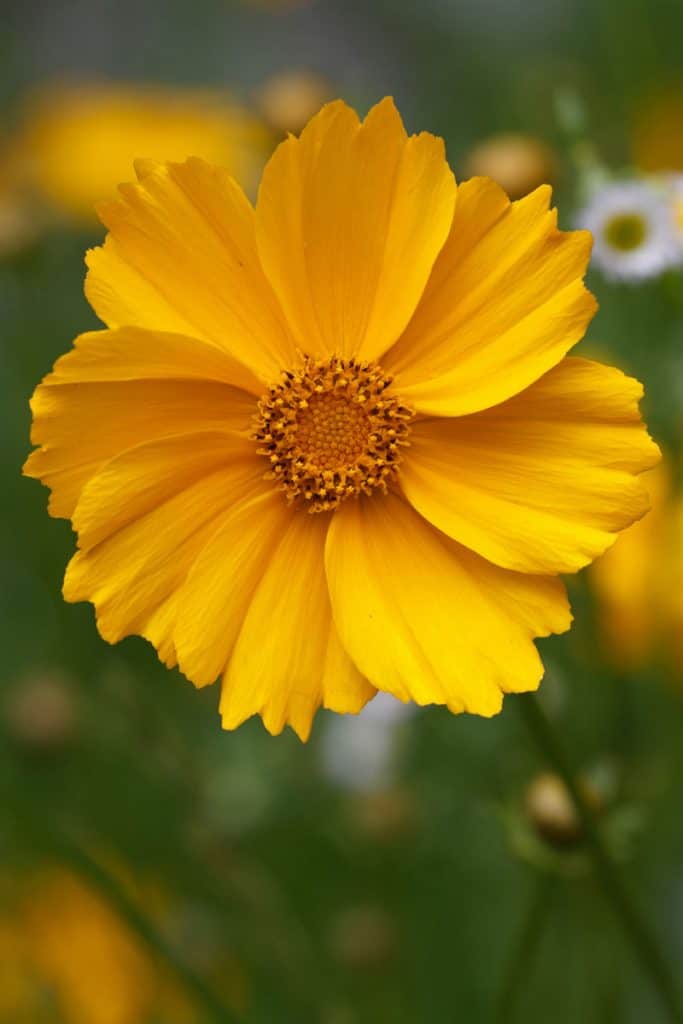
Those vibrant yellow flowers evoke a sense of happiness that other ground cover plants can't match. It would be a joy to look at your window and see their stunning blooms.
5,000 Seeds of Outsidepride Lance-leaved Coreopsis
Click here to see more on Amazon.
4. Creeping Phlox

Creeping phlox (Phlox subulata) is another low-maintenance plant ideal for first-time gardeners. These plants will have needle-like foliage, containing flowers in various colors: lavender, pink, white, violet, and red. You can expect them to bloom in spring and produce long, woody stems.
Any soil in partial shade or full-sun will suit a creeping phlox's needs. We recommend digging in organic soil amendments and watering the plant until it's established to promote better growth.
Look at how this Creeping Phlox's pink flowers pop. It's no wonder why these plants have become a favorite among gardeners.
5. Vinca
Common Periwinkle (Vinca minor) is one of the most versatile options out there. It can grow in numerous conditions, including our favorite clay soil. These plants will produce tiny white, blue, or purple blooms and feature evergreen foliage.
They'll bloom best in full sun, but aren't impartial to shade or being planted under trees. You should be aware that their roots tend to crowd out other plants. It'd be wise to plant Periwinkles with bulbs or by themselves.
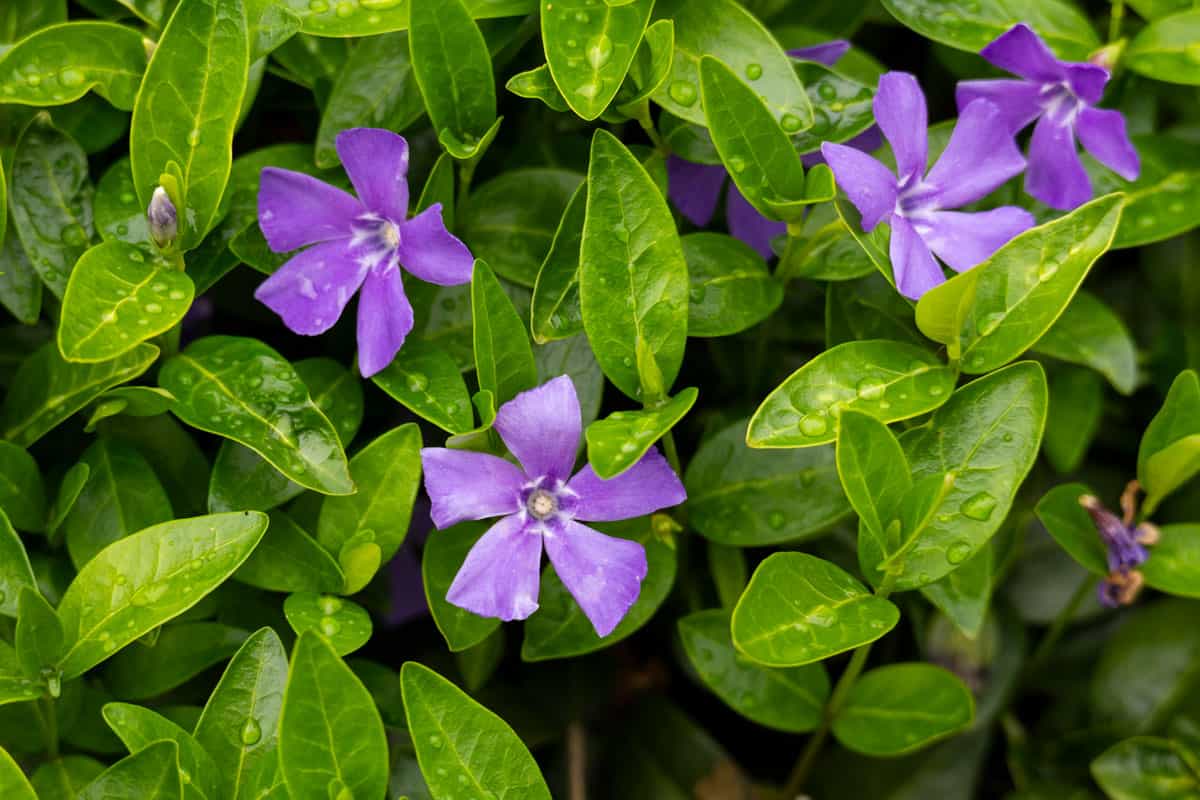
Vinca minor would be a great addition to an area where grass doesn't grow well. Honestly, purple flowers like these would do wonders for covering any problem region on a landscape.
6. Yarrow
Yarrow (Achillea millefolium) plants are a pest-resistant and drought-resistant option. These abilities make them an excellent fit for growing in almost any landscape. Planters will be rewarded with their showy flower heads consisting of tightly packed flowers.
These flowers can be many color variations, ranging from yellow to red. If you want these flowers to bloom properly, place them in an area with full sun. Yarrow's also an aromatic herb with many healing properties, which can be useful.
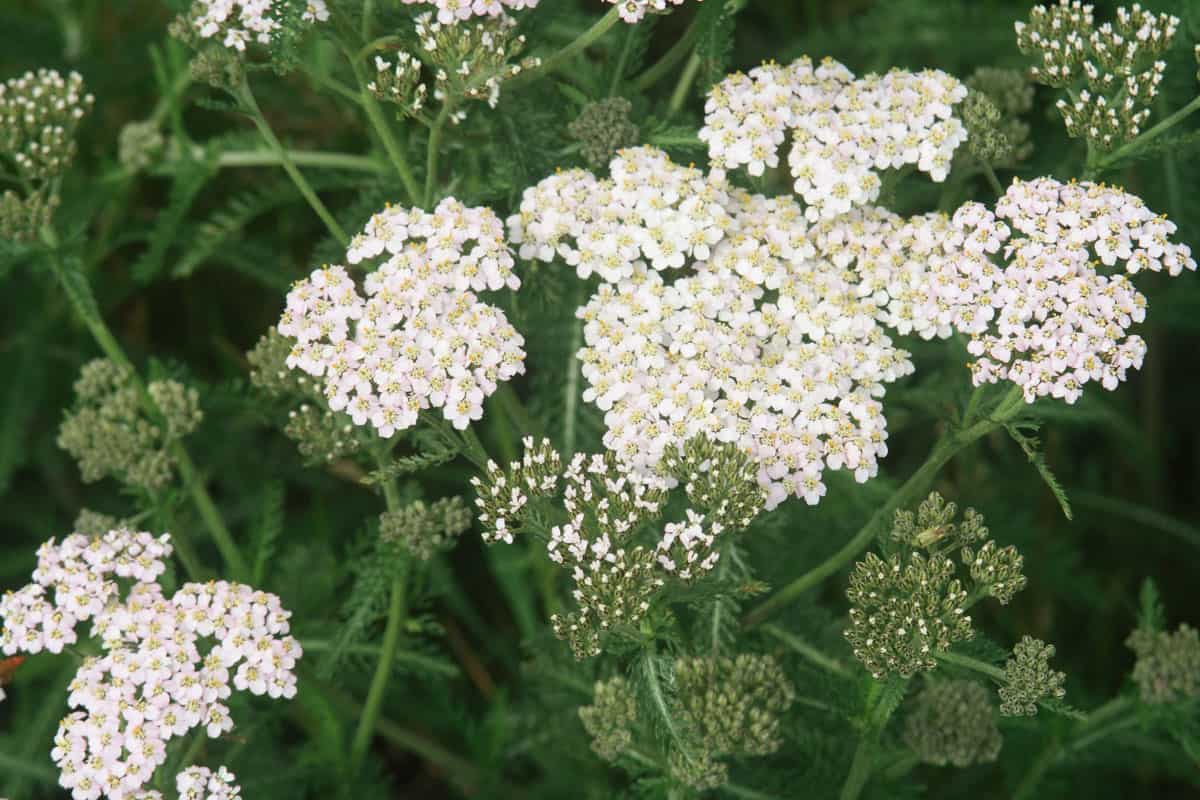
This Yarrow plant's delightful white flowers would be an excellent solution for a problematic mowing area. You'd never have to worry about moving up a slope again.
17,500 Golden Yarrow Seeds
Click here to see more on Amazon.
7. Bearberry
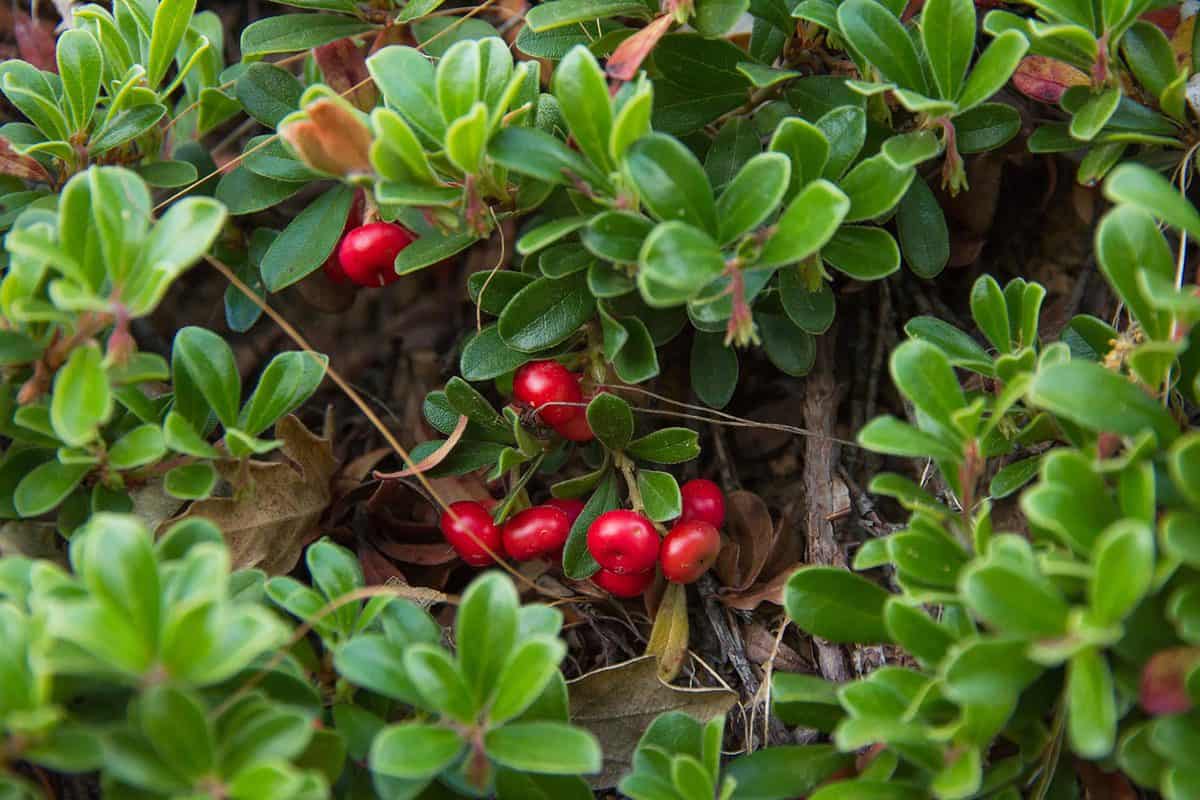
Planters looking for a low-growing ground cover need to consider planting Bearberry (Arctostaphylos uva-ursi). This status comes from them topping out between 6 and 12 inches. You should look forward to them growing cherry-red berries that wildlife, such as bears, love to eat.
Bearberry plants have a reputation for thriving in soils with inadequate nutrients like clay. Most people find them useful for coverage around trees or underneath shrubs. But make sure to plant them where they've got space to spread like along a rock wall or on your landscape's perimeter.
As you can see, Bearberry plants mesh right into rock settings. Those rocks might as well not be there at all.
8. Creeping Juniper
If you need to fill gaps on a sidewalk or hill, Creeping Juniper (Juniperus horizontalis) can get the job done. These evergreen aromatic shrubs will enrich these areas with their pleasant smell. Many planters have found them useful for placement near porches, decks, and garden seating.
Creeping Junipers can adapt to any soil but are known for thriving in clay. They don't need much maintenance as pruning isn't required. But planters must watch out for diseases and insects, such as bagworms, webworms, and various fungal conditions.
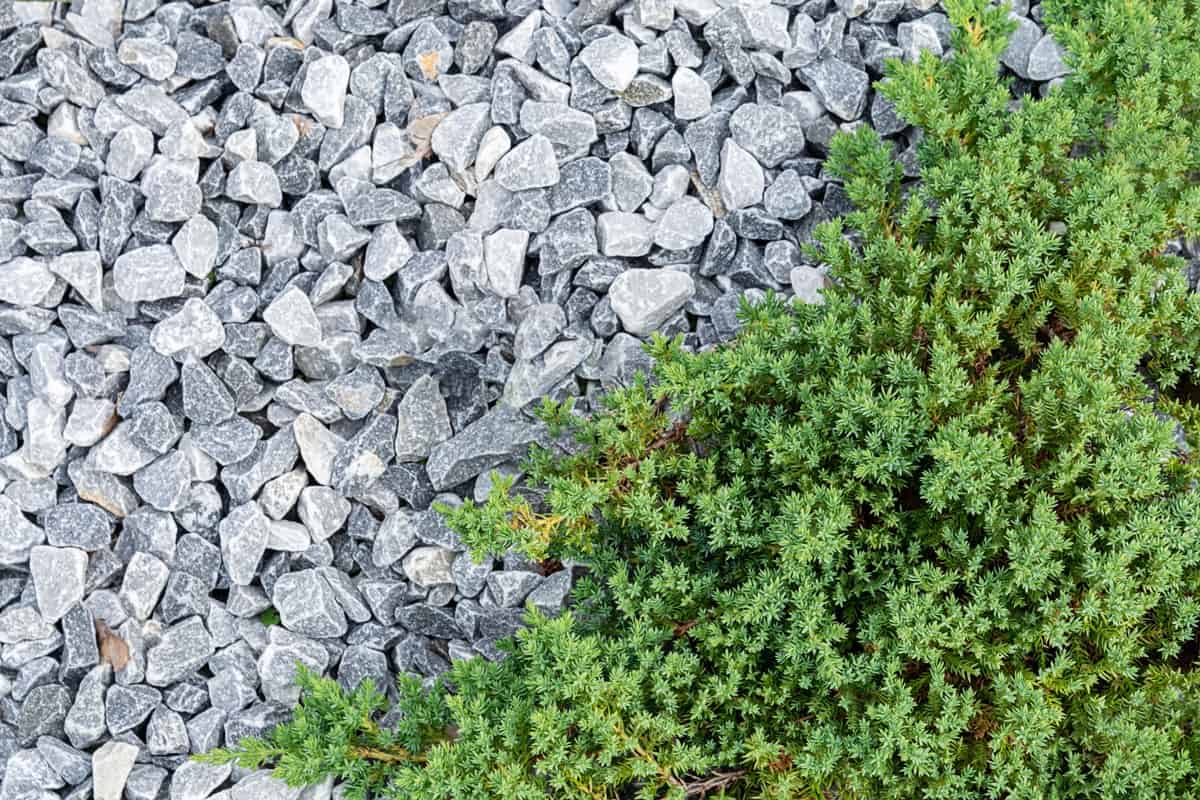
This Creeping Juniper is an excellent example of what they can do to a pavement area. It no longer looks like a neglected space with its newfound sense of life.
9. Baptisia
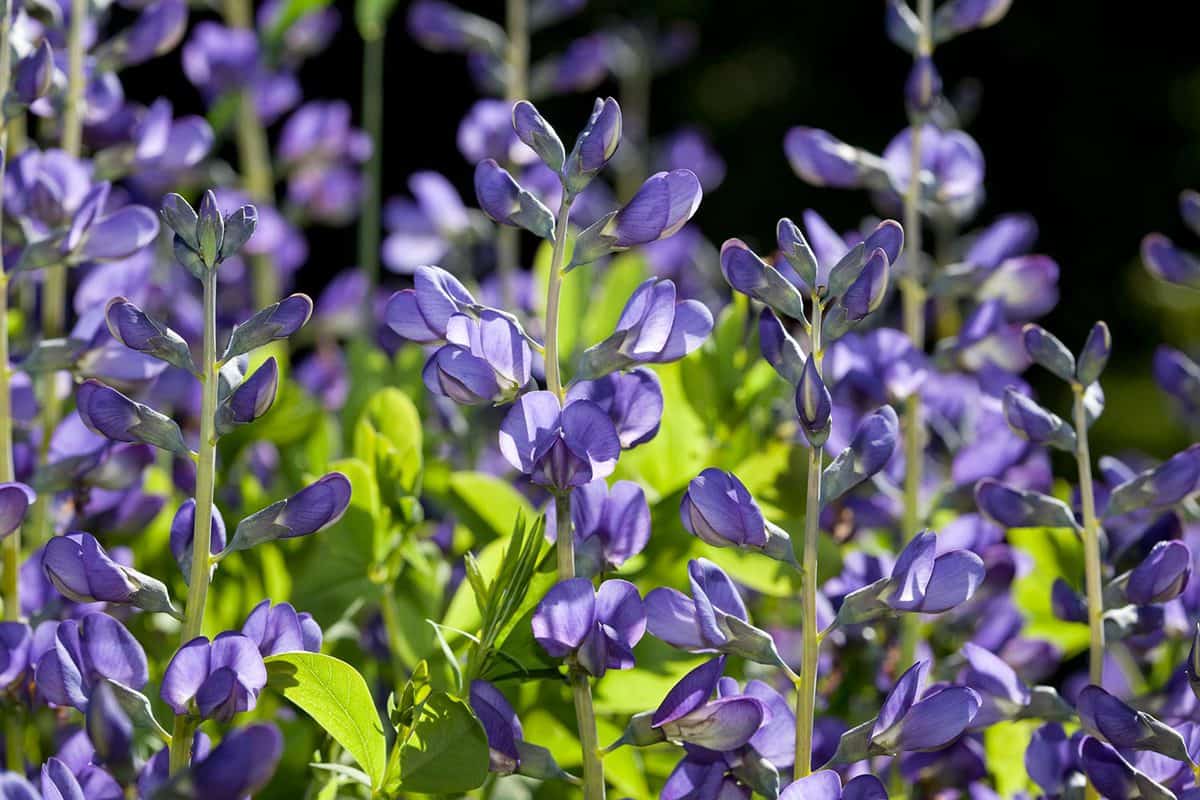
Baptisia (Baptisia australis) or blue false indigo features purple flowers atop of long spikes. Over time, these flowers will give way to charcoal black seed pods. People used to use these seed pods as children's rattles.
But their tolerance of drought and poor soil is what makes them a clay soil planter's dream. These plants will slowly develop substantial root systems, which shouldn't be disturbed. Trimming or shearing the foliage after bloom will help maintain its rounded appearance.
Look at how breathtaking those indigo flowers are compared to everything else in the picture. Who wouldn't want to incorporate them into their landscape?
50 Blue Wild False Indigo Baptisia Flower Seeds
Click here to see more on Amazon.
10. Perennial Geranium
Gardeners looking to attract more butterflies might consider Perennial Geraniums (Geranium) or Cranesbill Geraniums. Planting them in mass numbers would make your landscape irresistible to these winged beauties.
But more importantly, this action would make for easy-care ground cover. Their basic care needs to boil down to requiring part shade and avoiding consistent wet soil. Planters located in hardiness zones five through nine should anticipate having them all year round.
Read more: How to Grow Geraniums [Care Tips, Pictures, and More]
These geraniums would look amazing on a landscape's perimeter or a garden's edging. It could provide the extra level of aesthetics that you've been missing.
11. Hosta
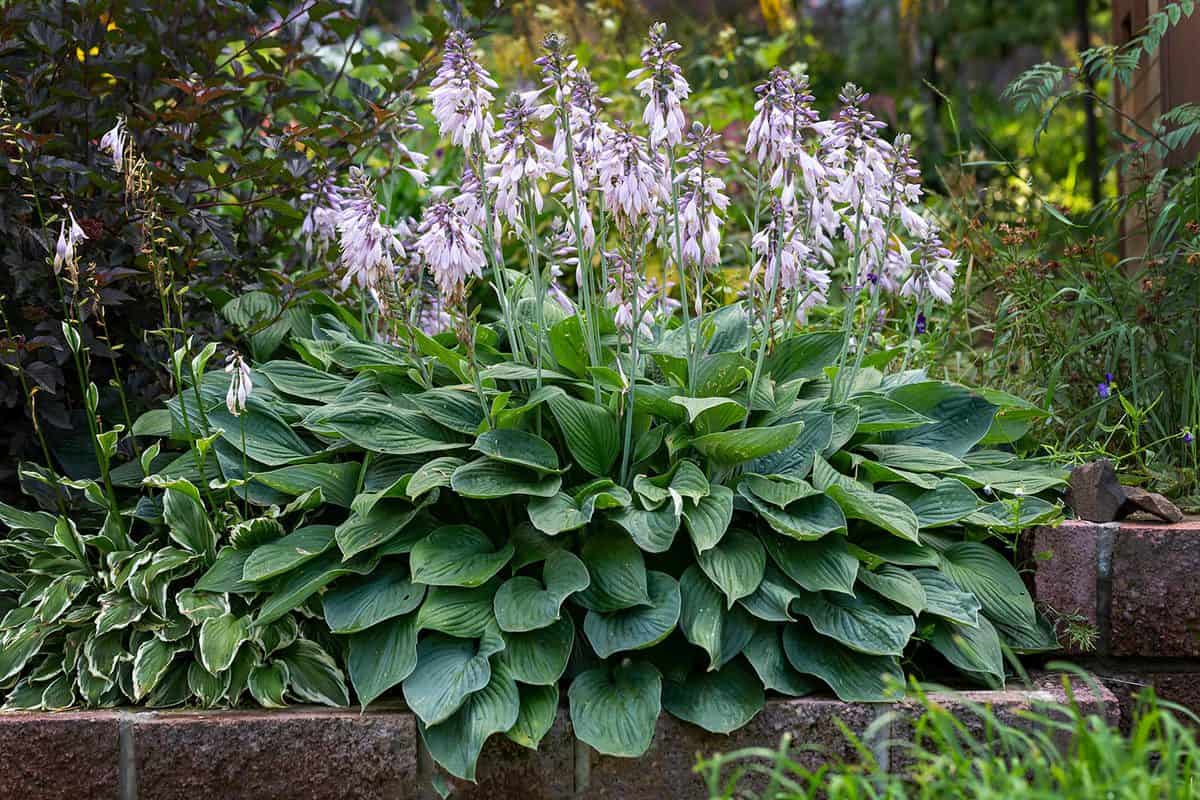
Do you have a problematic shady area? Hostas (Hosta) could offer an easy solution because they excel in shady or partial dark places. These plants are versatile, too, coming in an unlimited amount of heights, colors, and textures.
Their drought tolerant abilities is another feature perfect for a clay soil planter. We suggest keeping them mulched as they do enjoy slightly moist soil. But take protective measures to prevent those pesky woodland creatures from munching on them.
This picture is an excellent example of how these plants can make shady areas visually appealing. Their presence gives the entire landscape a more tropical vibe.
12. Heuchera
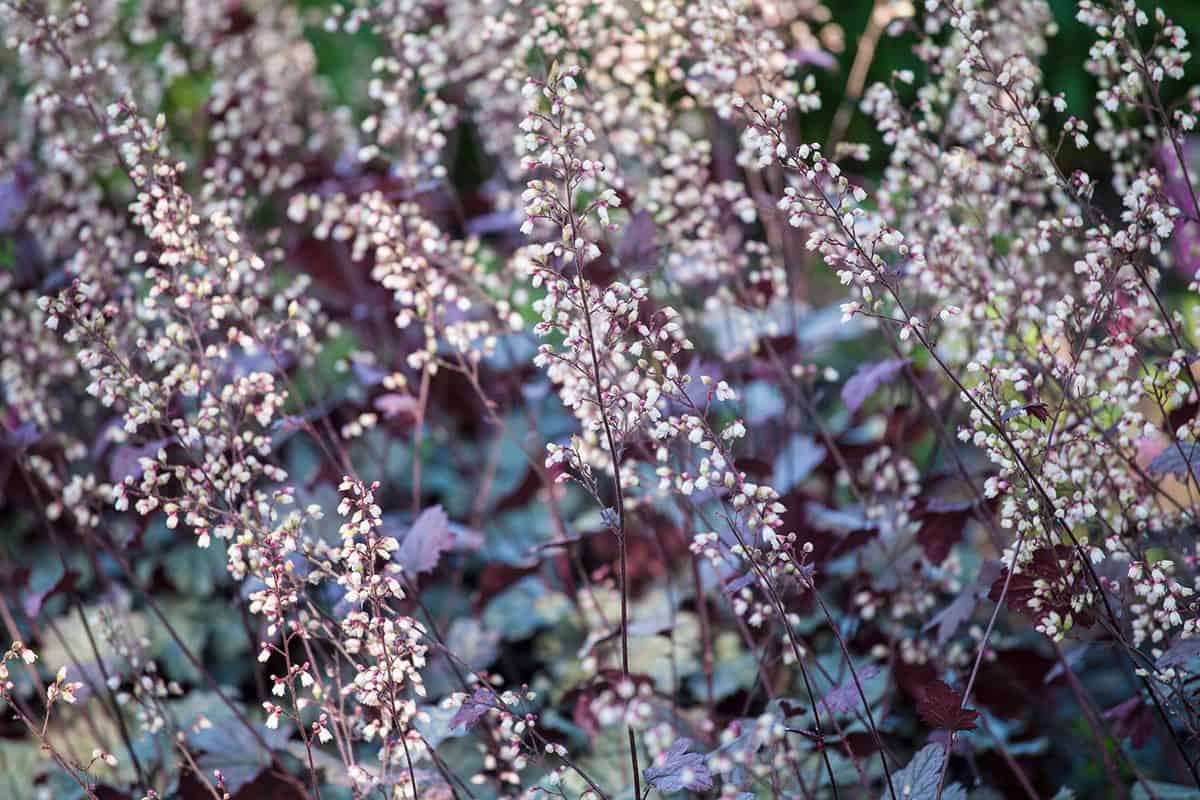
Heucheras (Heuchera) or Coral Bells have become a popular choice with their colorful foliage and tiny bell-shaped flowers. These plants being excellent ground covers in shade gardens don't hurt, either.
In ideal situations, Coral Bells prefer partial shade and soil between 6.0 pH and 7.0 pH. Deadheading the flowers would be a smart move to promote more blooms. If you're worried about foliage growth, prune it back in early spring.
This Heuchera's gorgeous purple leaves make for an attractive ground cover plant. Its ability to take up quite a bit of shady area is another nice touch.




